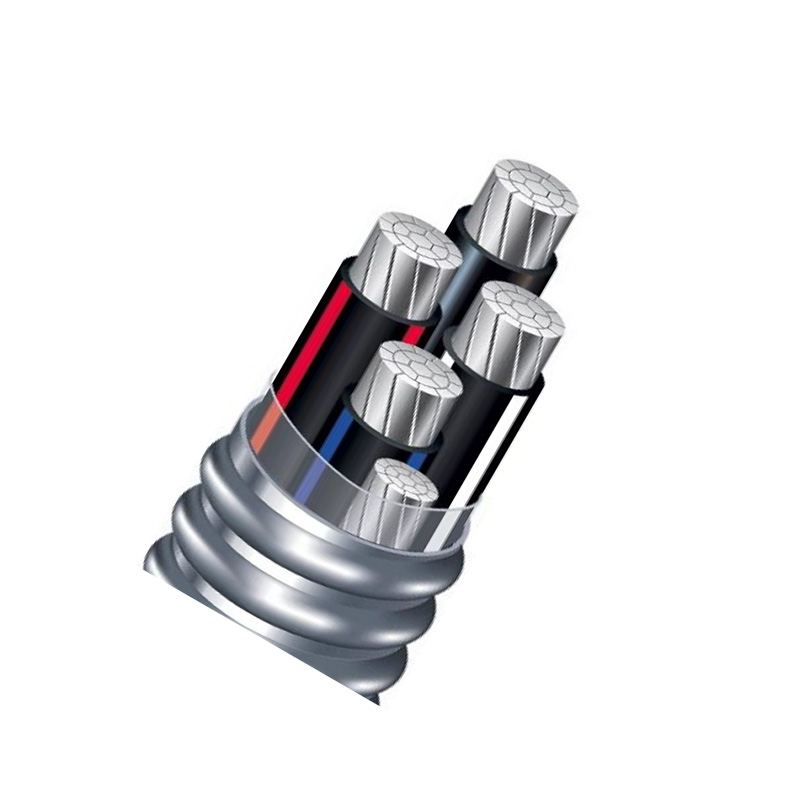Nov . 07, 2024 18:23 Back to list
Understanding the Benefits of Using Silent Check Valves in Fluid Systems
Understanding Silent Check Valves Function, Design, and Applications
In fluid dynamics and engineering, valves play an essential role in the control of fluid flow in pipes and systems. Among various types of valves, the silent check valve stands out due to its unique design and operational advantages. Commonly employed in various industrial applications, silent check valves offer a reliable solution for preventing backflow while minimizing noise.
What is a Silent Check Valve?
A silent check valve is a one-way valve that allows fluid to flow in only one direction, preventing reverse flow. Unlike traditional check valves that can create significant noise and water hammer when fluid flow is abruptly reversed, silent check valves are designed to operate quietly. This reduction in noise is achieved through their specific design features, which include a streamlined flow path, a lightweight disc, and a cushion mechanism that controls the closure of the valve.
Design Features
Silent check valves are typically characterized by their axial flow design, which allows fluid to enter from one end and exit through the other, ensuring smooth passage. The valve consists of several key components
1. Body The main structure of the valve, which houses the internal components. 2. Disc This component is the heart of the valve, responsible for opening and closing. The disc is usually designed to pivot around a hinge, allowing it to respond quickly to changes in flow direction. 3. Spring Mechanism Many silent check valves incorporate a spring that assists in returning the disc to its closed position when the flow stops, providing an additional layer of reliability. 4. Seals These are essential for preventing leaks and ensuring that the valve operates effectively under pressure.
Advantages of Silent Check Valves
The silent check valve's design brings several advantages
1. Reduced Noise The primary benefit of silent check valves is their ability to operate quietly. This is particularly advantageous in residential areas and facilities where noise reduction is a priority, such as hospitals and schools.
silent check valve

2. Prevention of Water Hammer Water hammer is a pressure surge caused when fluid in motion is forced to stop or change direction suddenly. Silent check valves are designed to mitigate this phenomenon, protecting pipes and fittings from damage.
3. Efficient Flow Control The streamlined design of silent check valves allows for less turbulence and pressure drop during normal operations, leading to improved system efficiency.
4. Durability and Reliability These valves can handle a variety of fluid types and pressures, making them suitable for various applications. Their reliable operation ensures that systems remain uninterrupted.
Applications of Silent Check Valves
Silent check valves find use in numerous applications across different industries, including
- Water Supply Systems Used to prevent backflow in municipal and industrial water supply systems. - Pump Systems Essential in preventing backflow that can cause pump damage or inefficiency. - Fire Protection Systems Help maintain proper water flow in firefighting systems while preventing reverse flow. - HVAC Systems Used in heating, ventilation, and air conditioning systems to ensure proper fluid flow and prevent leakage.
Conclusion
Silent check valves are a vital component in fluid management systems, offering a blend of functionality, efficiency, and quiet operation. Their design effectively minimizes common issues like noise and water hammer, making them ideal for a wide range of applications. As industries continue to seek solutions for effective fluid control, the silent check valve stands out as a reliable choice that meets the demands of modern engineering and infrastructure.
By understanding the importance and functionality of silent check valves, engineers and technicians can make informed decisions in their system designs, ultimately leading to more efficient and effective operations.
Share
-
Reliable Wafer Type Butterfly Valves for Every IndustryNewsJul.25,2025
-
Reliable Flow Control Begins with the Right Ball Check ValveNewsJul.25,2025
-
Precision Flow Control Starts with Quality ValvesNewsJul.25,2025
-
Industrial Flow Control ReliabilityNewsJul.25,2025
-
Engineered for Efficiency Gate Valves That Power Industrial PerformanceNewsJul.25,2025
-
Empowering Infrastructure Through Quality ManufacturingNewsJul.25,2025